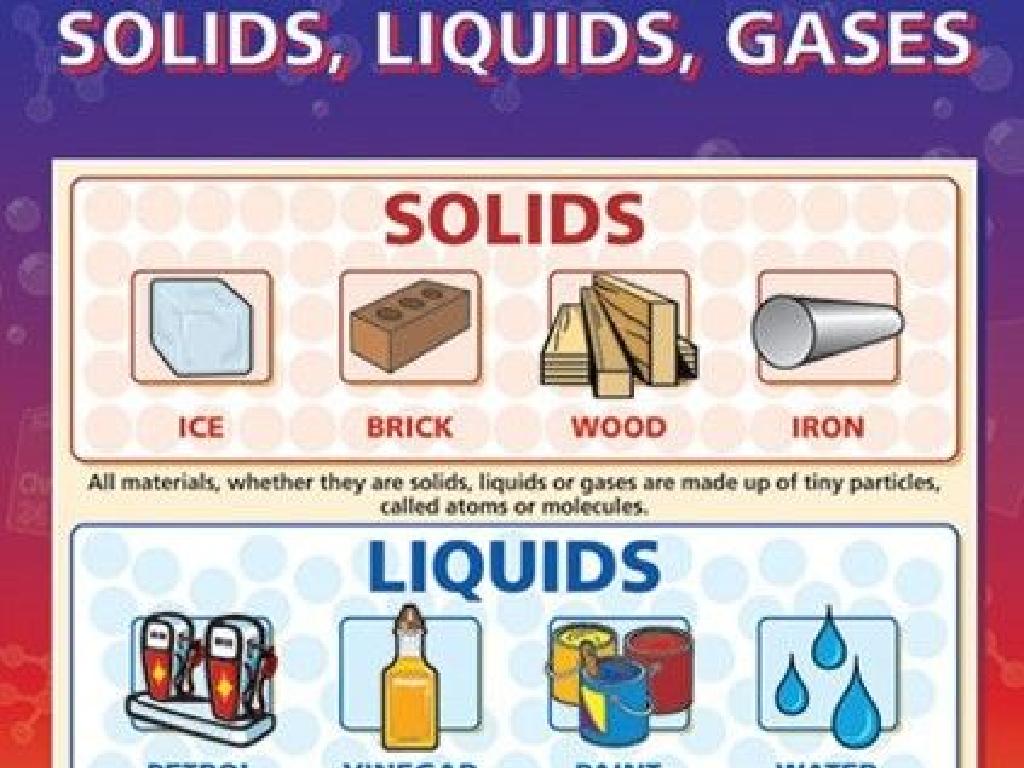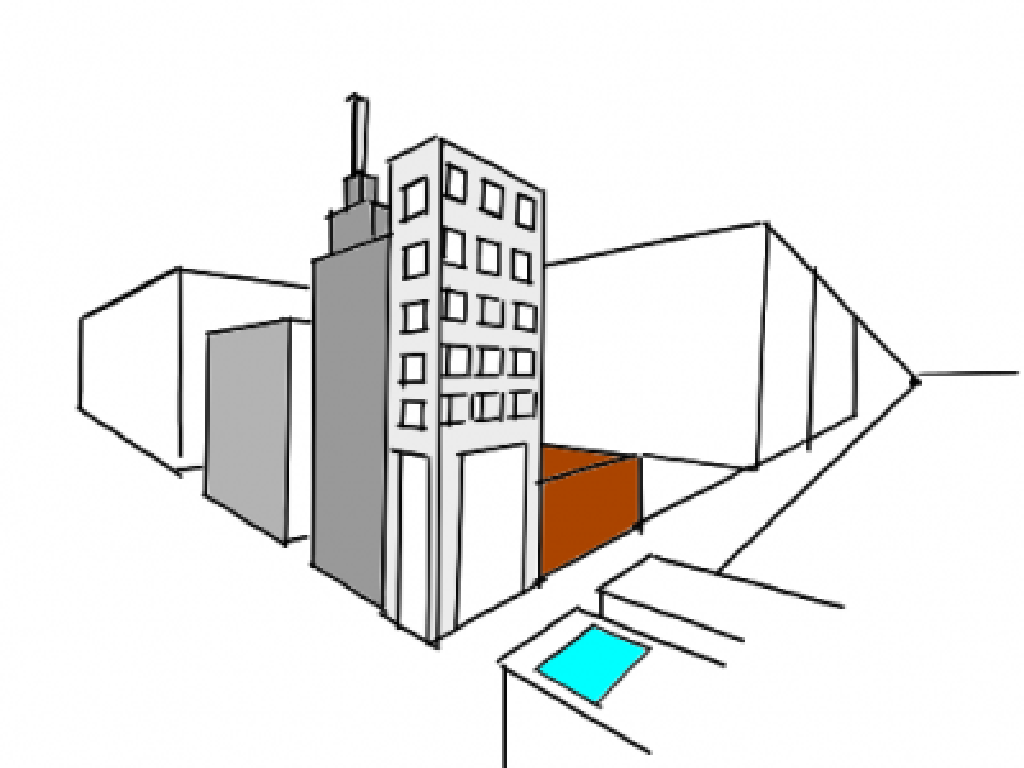The Golden Gate Bridge
Subject: Social studies
Grade: Fourth grade
Topic: American Symbols, Landmarks, And Monuments
Please LOG IN to download the presentation. Access is available to registered users only.
View More Content
Exploring The Golden Gate Bridge
– Symbol of American ingenuity
– Represents human achievement and progress
– Majestic views and structure
– Its orange color and tall towers are iconic
– Historical landmark since 1937
– Connects San Francisco to Marin County
– Engineering marvel of its time
– Used innovative techniques for construction
|
The Golden Gate Bridge is not just a mode of transportation; it’s a symbol of the innovation and determination of the American people. When discussing this landmark, emphasize its iconic status and the engineering challenges overcome during its construction. The bridge’s history provides a narrative of American progress in the early 20th century. Encourage students to think about what this bridge means to them and to the nation. Discuss the bridge’s unique color, its visibility from various points in San Francisco, and its role in connecting communities. This slide aims to instill a sense of pride and wonder in the students about American landmarks.
Exploring the Golden Gate Bridge
– Introduction to the Golden Gate
– A famous suspension bridge in the U.S.
– Located in San Francisco, CA
– Connects San Francisco to Marin County
– Symbol of American ingenuity
– Represents the great achievements of America
– Iconic landmark and tourist spot
– Attracts millions of visitors each year
|
The Golden Gate Bridge is not only an impressive feat of engineering but also a symbol of the American spirit of innovation and determination. It spans the Golden Gate Strait, the entrance to the San Francisco Bay from the Pacific Ocean. As an important American symbol, it represents the country’s advancements in technology and architecture. The bridge’s iconic status and its reddish-orange color make it a popular subject in media and a must-see destination for tourists visiting California. In class, discuss the history of the bridge’s construction and its significance in American culture. Encourage students to think about other symbols that represent American values and achievements.
The Golden Gate Bridge: A Historical Marvel
– Construction timeline: 1933-1937
– Took four years to build this iconic bridge
– Named after Golden Gate Strait
– The strait connects San Francisco Bay to the Pacific Ocean
– Engineering marvel of its era
– It was the longest suspension bridge span at the time
– Symbol of innovation and progress
|
This slide provides a historical overview of the Golden Gate Bridge, emphasizing its significance in American history. The construction period is highlighted to give students a sense of the timeline and effort involved in creating such a landmark. The naming of the bridge is tied to the Golden Gate Strait, which is an important geographical feature. Discuss the bridge’s status as an engineering marvel of its time, showcasing American ingenuity and the progress in construction techniques of the era. Use this opportunity to inspire students with the bridge’s symbolism of innovation and progress, and how it reflects the American spirit of overcoming challenges.
The Golden Gate Bridge: Design and Structure
– Iconic ‘International Orange’ color
– The color helps with visibility in fog
– Bridge spans 1.7 miles long
– Connects San Francisco to Marin County
– Suspension bridge mechanics
– Cables support the roadway from above
– Engineering marvel of its time
|
This slide introduces students to the Golden Gate Bridge’s unique design features and structural elements. The ‘International Orange’ color is not only visually striking but also serves a practical purpose by enhancing the bridge’s visibility in San Francisco’s famous fog. The impressive length of the bridge is another point of interest, making it a significant landmark. Explain how suspension bridges work, with cables holding up the roadway, and discuss why this design was chosen for the Golden Gate Bridge. Highlight the bridge as an engineering marvel of its time, inspiring students to appreciate the innovation and effort that went into its construction.
The Golden Gate Bridge in Culture
– Star of films and TV shows
– Featured in movies like ‘X-Men’ and TV series
– Iconic in photos and art
– Captured by artists; inspires creativity
– Symbol of American culture
– Represents American ingenuity and spirit
– Emblem of innovation and progress
– Showcases engineering advancements
|
This slide explores the cultural significance of the Golden Gate Bridge. It’s not just a structure but a symbol that has been featured in numerous films and television shows, making it recognizable worldwide. The bridge’s distinct appearance has made it a favorite subject in photography and artwork, often representing the gateway to the Pacific. Its role in American culture is multifaceted; it stands as a testament to the country’s identity, reflecting themes of innovation, progress, and the American Dream. Encourage students to think of other symbols that represent American culture and discuss why the Golden Gate Bridge is a source of national pride.
Fun Facts About the Golden Gate Bridge
– Daily crossings by vehicles
– Around 120,000 vehicles cross daily
– Rare weather closures
– Closed only a few times due to extreme weather
– Record-breaking suspension span
– It was the world’s longest at completion
– A marvel of engineering
|
This slide aims to spark students’ interest in the Golden Gate Bridge by sharing intriguing facts. Emphasize the bridge’s importance in daily transportation, with approximately 120,000 vehicles crossing each day, showcasing its role in connecting communities. Highlight the bridge’s resilience, having been closed only a few times due to severe weather conditions, which is rare. Discuss the historical significance of the bridge’s construction, as it held the record for the longest suspension bridge span when it was completed. This fact can lead to a discussion on the advancements in engineering and technology over time. Encourage students to think about the engineering marvels in their own city or state and how they impact daily life.
The Significance of Landmarks
– Landmarks honor our history
– Like the Golden Gate Bridge reminds us of engineering achievements
– They symbolize national pride
– They make us feel proud of where we come from
– They unite us as a country
– Landmarks are special places we all share and celebrate
– They shape community identity
– They represent what’s unique about our hometowns
|
This slide aims to explain to fourth graders why landmarks like the Golden Gate Bridge are celebrated in the United States. Landmarks serve as tangible reminders of our collective past, commemorating significant events and achievements. They also foster a sense of national pride and are a point of unity, as they are recognized symbols across the country. Additionally, landmarks contribute to the identity of a community by highlighting unique characteristics and heritage. Encourage students to think of landmarks they have visited or would like to visit and discuss what these places represent to them and their community.
Class Activity: Build Your Own Bridge!
– Gather your bridge-building materials
– You’ll need Popsicle sticks, glue, string, and paper
– Work together to build a bridge model
– Try to replicate the Golden Gate Bridge’s structure
– Share your bridge with the class
– Discuss what you learned from this activity
– What was challenging or surprising?
|
This hands-on activity is designed to foster teamwork and apply knowledge of engineering and architecture. Provide each group with the necessary materials and encourage them to plan their model before starting. As they work, circulate to offer guidance and ensure safety with the glue and scissors. After completion, each group will present their model to the class, explaining their process and what they learned about the structure and significance of the Golden Gate Bridge. Possible variations of the activity could include using different materials, time constraints for building, or researching the bridge’s history before constructing the model.






